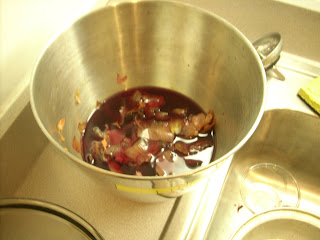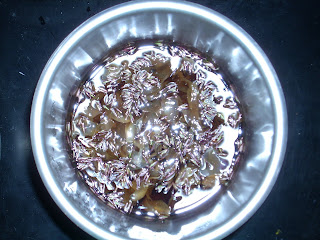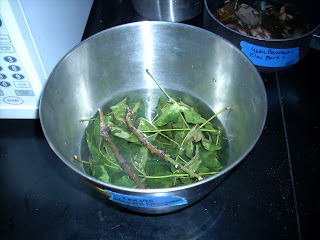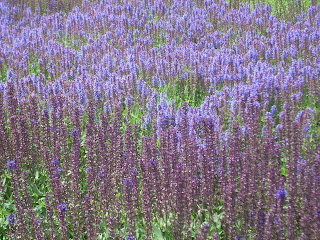Coat color alleles affect melanin, the pigment or coloring of the coat. There are two different distinct types of melanin: phaeomelanin, which is seen as red to yellow color, and eumelanin, is seen as brown to black. All coloration genes in mammals affect either the production or distribution of these two chemicals phaeomelanin and eumelanin . Allele affecting pigment cells do not change the pigment chemicals themselves but rather by acting on the placement of pigment cells produce distinct patterns of unpigmented pink skin and with the reaction of white hair.
Genes appear in groups of two, with each single gene "option" being called an allele. The terms Alleles and Modifiers are used to describe the same concept. An allele identified with a capital letter is a dominant gene, one identified with a lower-case letter is a recessive gene. Because sex cells (sperm and ova) contain only half the usual number of chromosomes, each parent sends one allele in each gene combination to the ensuing offspring. When an individuals gene set contains identical copies of the same allele, it is named homozygous for that gene. When it has two opposite (different) alleles, it is heterozygous. For arecessive gene to be shown, it must be homozygous, but a dominant gene will be shown whether it is heterozygous or homozygous. A horse homozygous for a certain allele will always give it to its offspring, while a horse that is heterozygous holds two different alleles and can give either one.




















